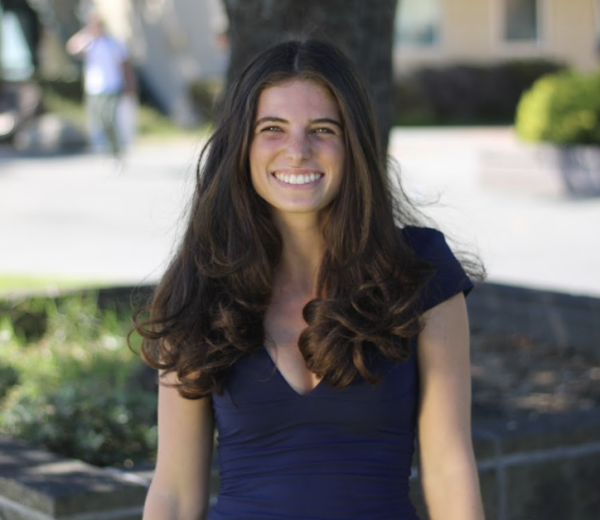The Eco-Connection Club was founded by juniors Taylor Bridges and Tessa DeLay this year to not only provide ecological support for different communities but also to create meaningful relationships and connect with people. The club participates in multiple outreach programs to the people in different countries and they are currently working with organizations such as the Regenerative Field Institute (RFI) and The Pulsera Project.
Todd Van Peursem, Physical Education teacher, former Spanish teacher and adviser for the Eco-Connection Club, got involved in the club this year and hopes to help sharpen their plans as the club moves forward.
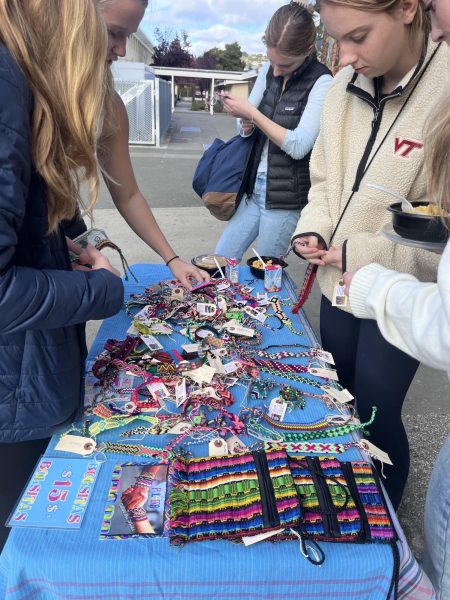
“I was approached by students who I deeply care about. I want to help them pursue their passions,” Van Peursem said. “The [club’s] guiding principles are aligned with my visions and missions in life, so it’s just a gift and a fortunate opportunity to be able to share time and space with motivated, dynamic [and] intellectual humans.” In past years, Van Peursem has invited students to travel with him to various Latin American countries through RFI. The organization’s mission is to encourage environmental work such as farming and building through education and entrepreneurship along with ecologically regenerating deforested land through projects. When brainstorming the focus of their club, Van Peursem collaborated with the presidents to keep these ideas in mind.
“The Eco-Connection Club has ecological principles, [along with ideas] of sustainability and how to regenerate this land so that it can be its healthiest version. When we do that, and we do that together in unison, we reap all the benefits of regenerating the land of Mother Earth, and we are regenerating our sense of humanity,” Van Peursem said.
The club focuses on reaching out to new communities but also aims to connect with students at Redwood. On Monday, Nov. 27, the club started selling bracelets in collaboration with The Pulsera Project. The Pulsera Project is a non-profit organization based in Guatemala and Nicaragua that connects Central American artists to more than 3,600 schools around the United States. Because the markets for bracelets in these countries fail to live up to the popularity in the United States, sweatshop workers and upcoming artists ship their bracelets to the United States to make a livable wage.
“The Pulsera Project was similar to the Eco-Connection Club when I read about their mission. I’ve spent decades doing this teaching and learning, but also leading trips and exchanges in the Americas. This [organization] was so aligned with what I believe is a positive way for people from the United States to connect with our communities in Central and South America,” Van Peursem said.
Students involved in The Pulsera Project order a certain amount of bracelets as a group and have two weeks to sell them to their communities. In the Eco-Connection Club’s case, they have ordered 800 bracelets and have been selling them in the mornings and at lunch, as well as in front of grocery stores on the weekends. Molly Goldstein, junior and involved member of the Eco-Connection club, is passionate about The Pulsera Project and the process of selling bracelets to students around campus.
“[The artists] don’t [usually] get all these opportunities, but The Pulsera Project provides them with youth shelter support loans, social enterprise and secondary education,” Goldstein said.
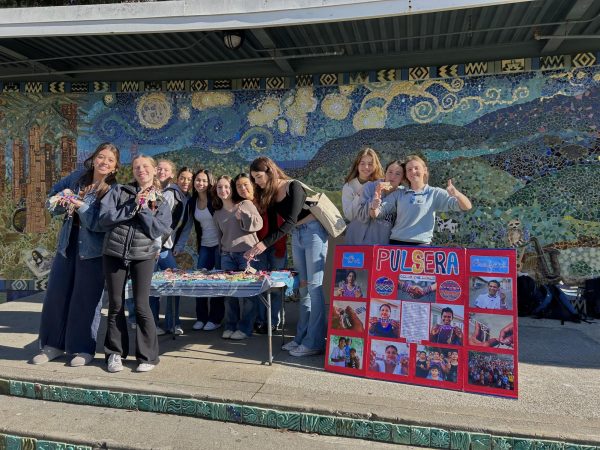
While the profits benefit the bracelet makers in Guatemala and Nicaragua, the connections customers can make with the artists also hold a strong value. The Pulsera Project creates a “face-to-face” connection between the creators and buyers. Taylor Bridges, junior and co-president of the Eco-Connection Club comments on the value of knowing whose work one is purchasing.
“On each bracelet, there’s a tag that says the name of the person who made it and has a picture [of the artist] which makes it feel more personal, like you’re connected to them,” Bridges said.
The Eco-Connection Club hopes to continue its journey through partnerships with nonprofits such as The Pulsera Project and is always looking for new ways to bridge gaps between communities.
“We are hoping to work with other organizations like One Tam and more local [organizations], [like] some beach cleanups and habitat restorations. We’re hoping to get the Redwood community involved in the larger community of Marin,” Bridges said.
Beyond giving back to the community, the Eco-Connection Club’s main objective is to make sure that members of the community are connecting with both each other and nature, as Van Peursem explained.
“[Having] the Eco-Connection Club in a place where there are 2,000 kids that are racing around and have so many demands on them is just an awesome chance to take a step back,” Van Peursem said. “[It is a chance to] connect out in nature, and to align ourselves with activities and humans that are yearning to make a difference and an impact in the world.”
To find out more about The Pulsera Project, click here.



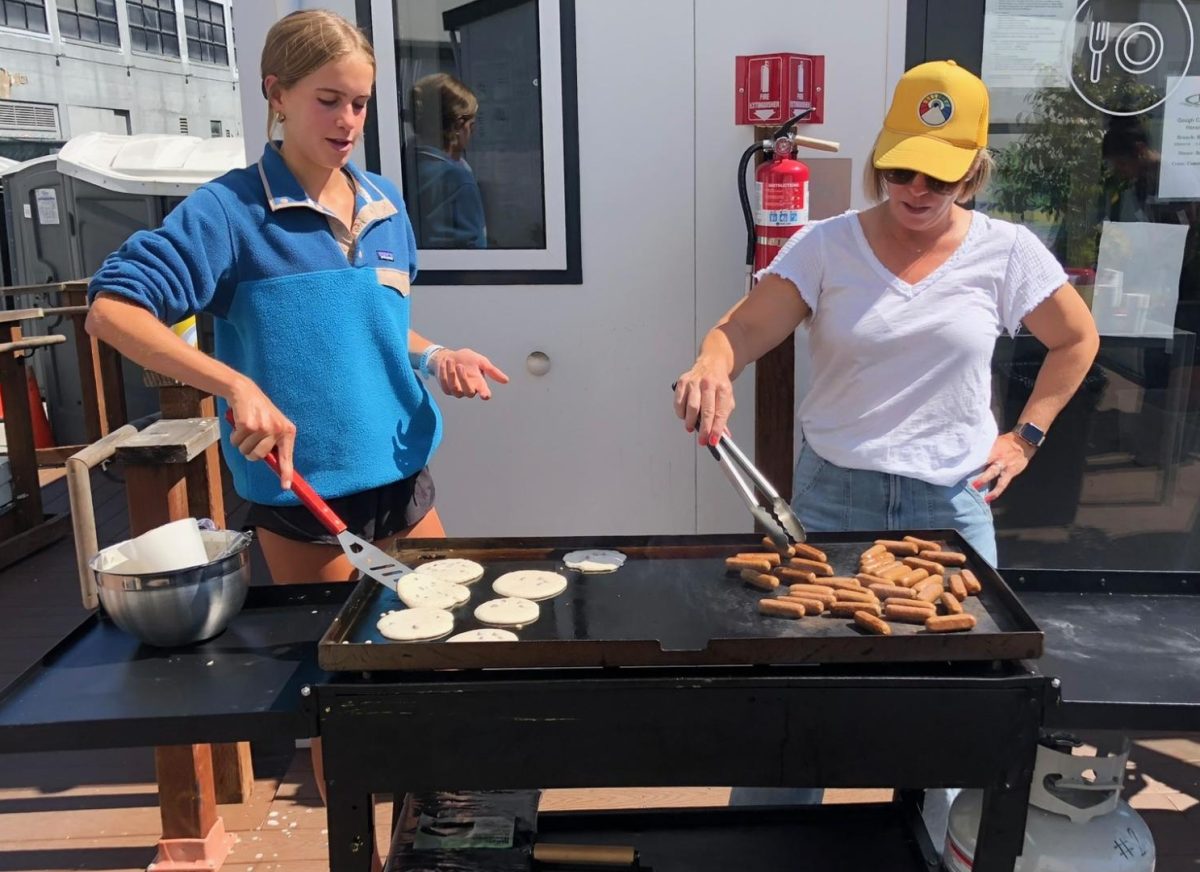

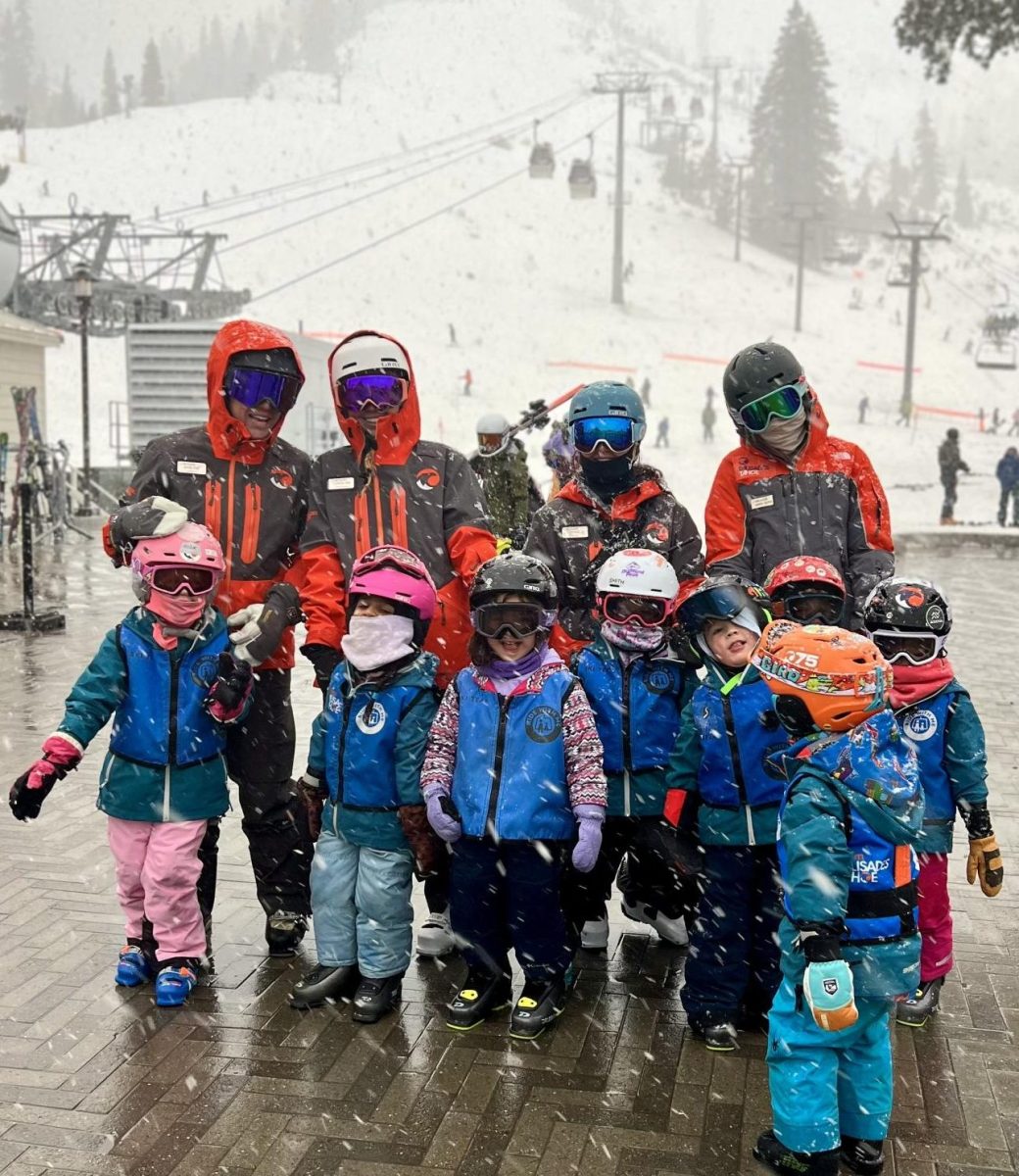
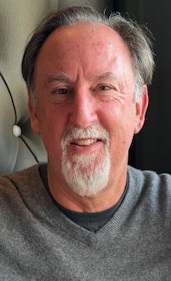
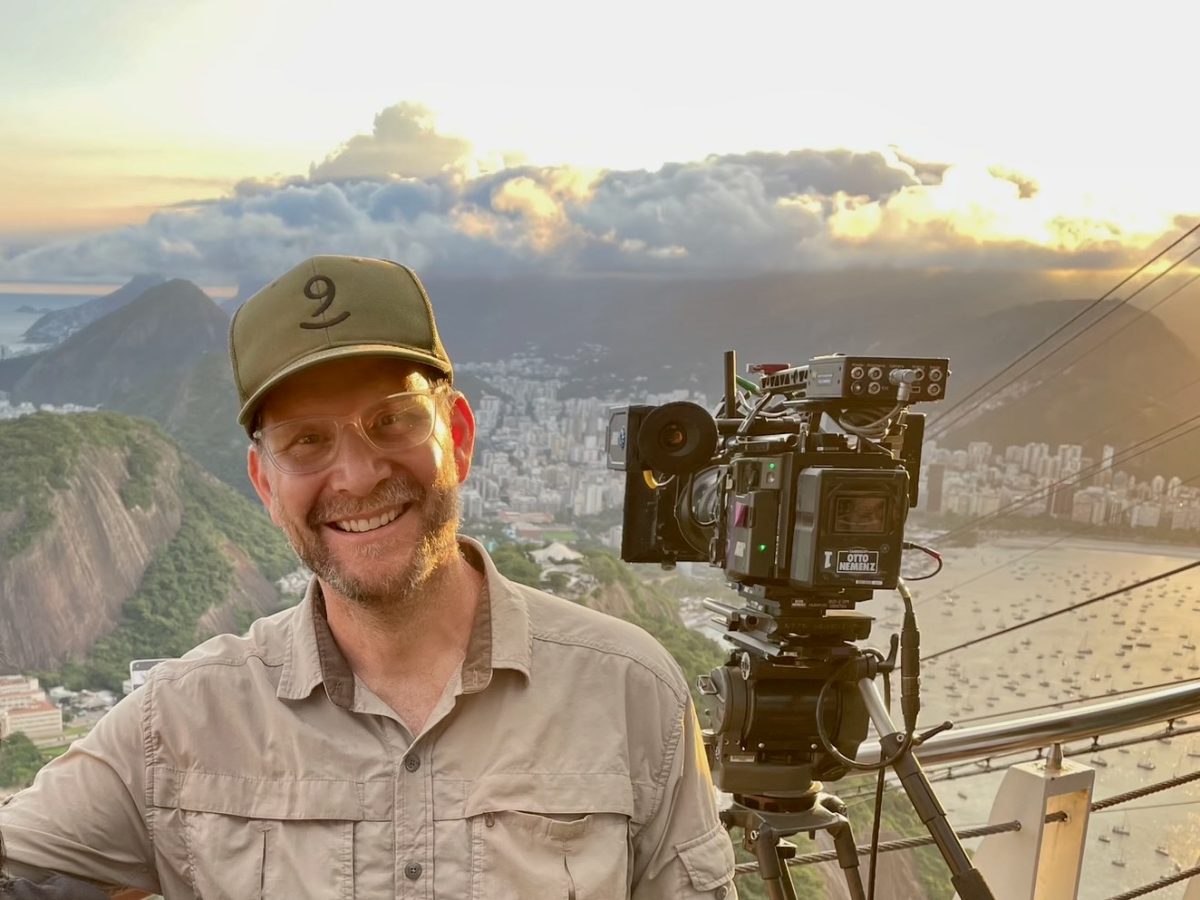
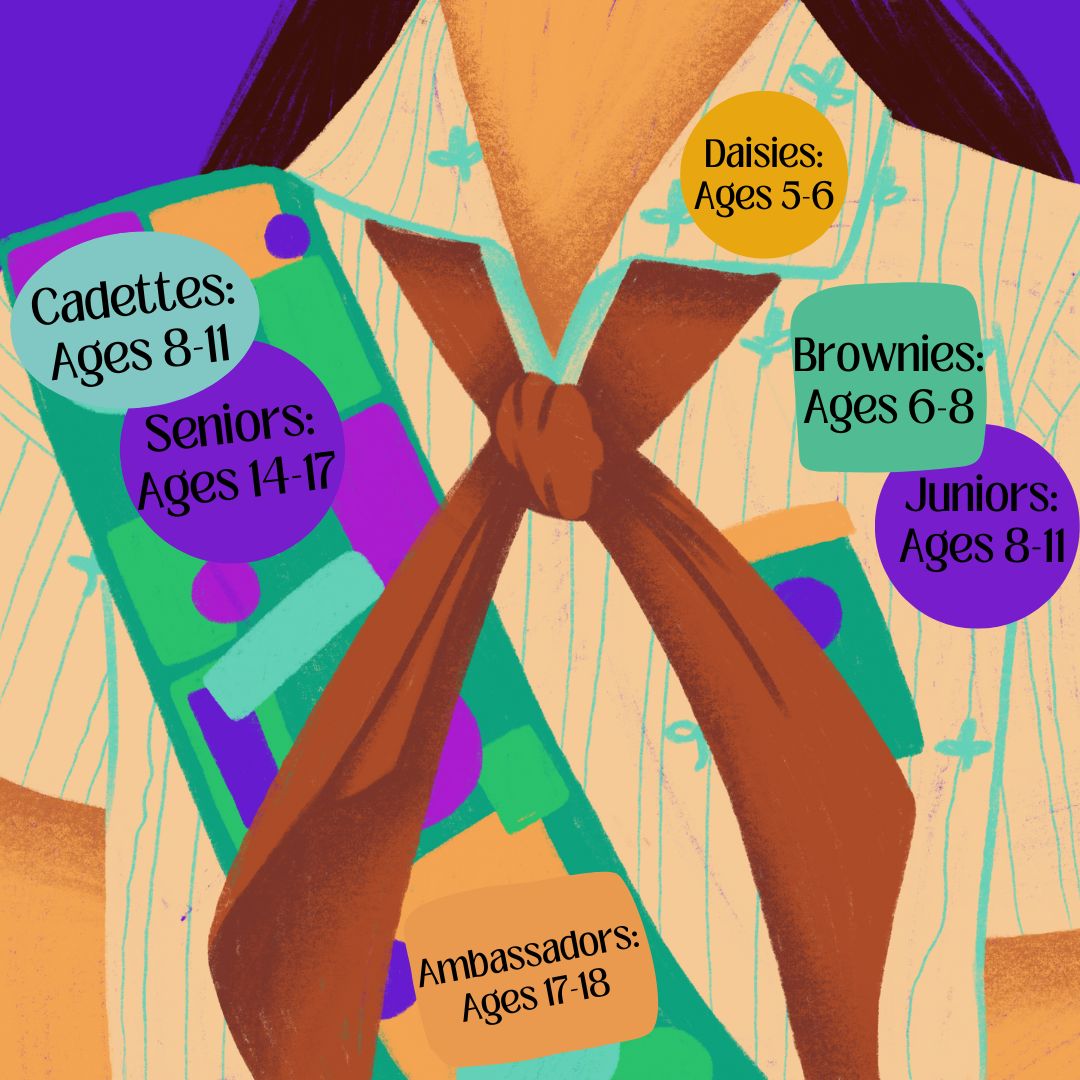

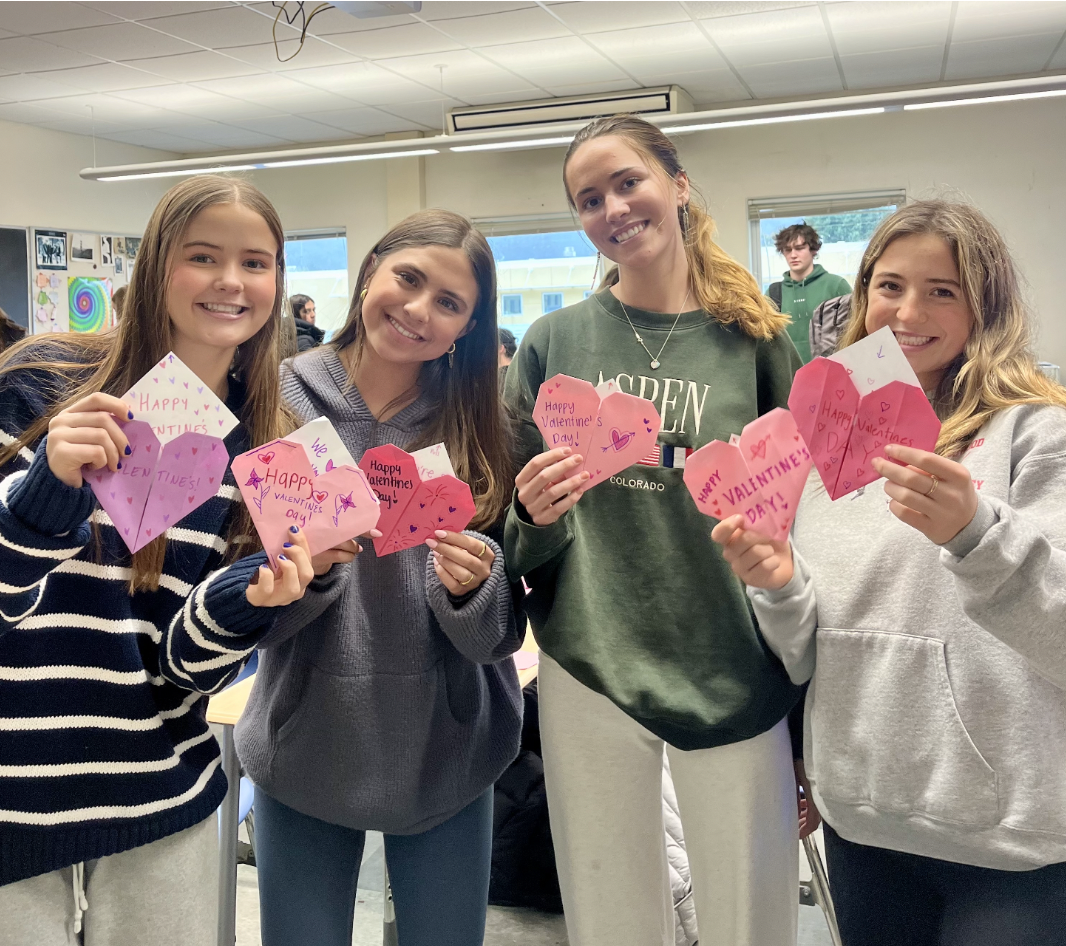
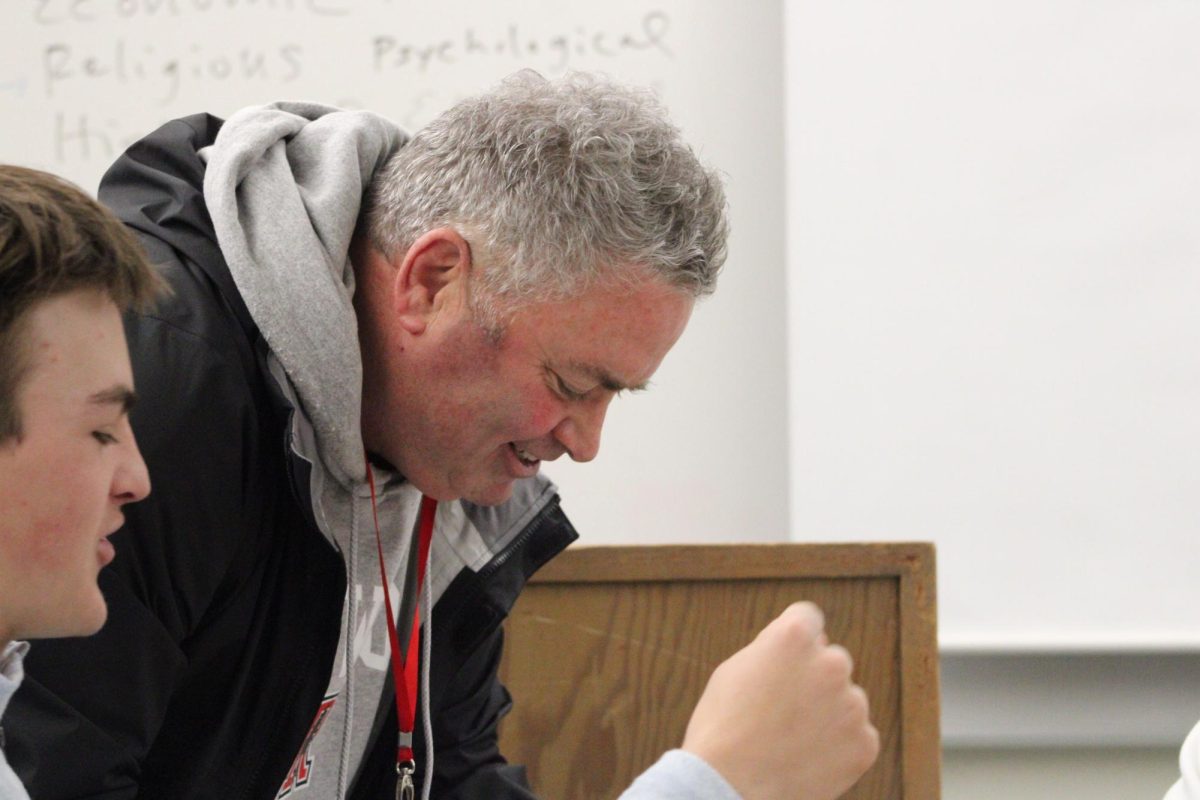
!["I knew I wanted to be a writer. I wasn't a good student [at Redwood], but I wanted to be a writer, and I wanted to paint. I'm self-taught in all of it, which gave me an original voice," Paige Peterson said. (Photo courtesy of Paige Peterson’s website).](https://redwoodbark.org/wp-content/uploads/2025/02/ppeterson.png)
